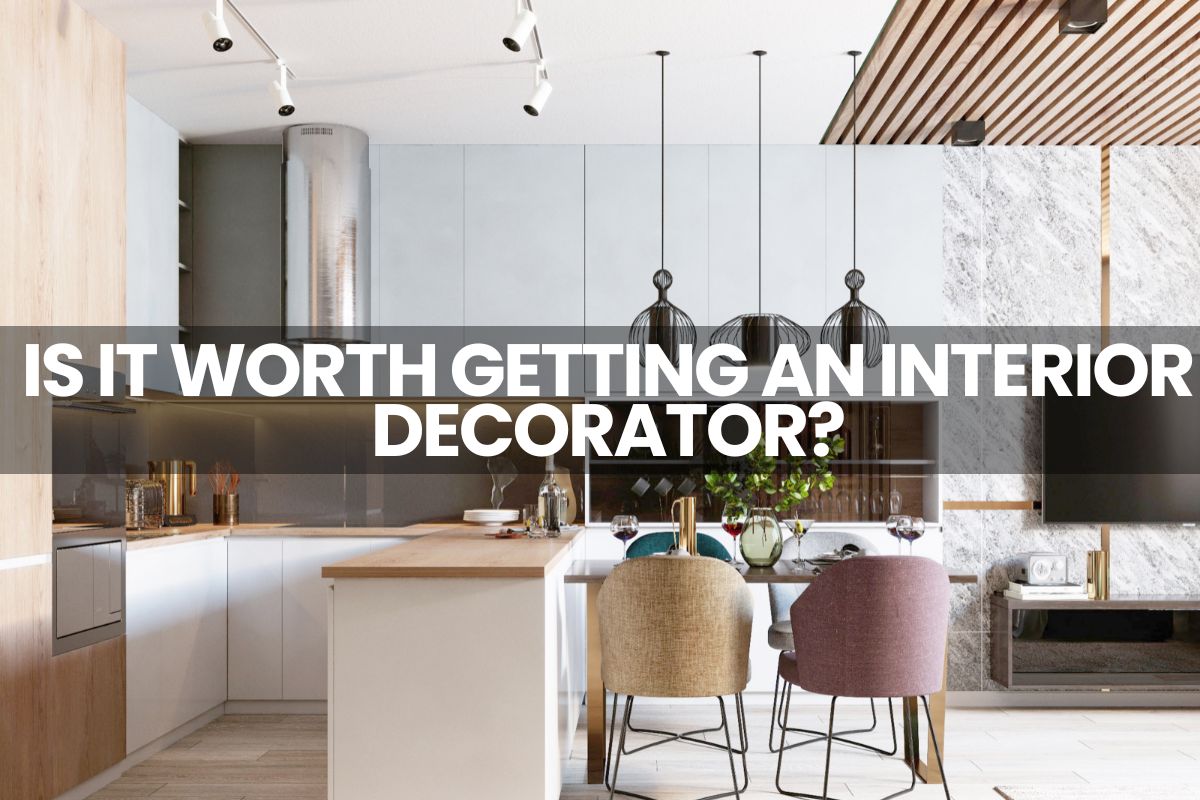When deciding on which design professional to hire, it’s important that you research each one’s experience and style. It’s even more crucial to ask the right questions to ensure your project goes smoothly.
For example, a designer will work with architects and contractors to ensure that the plan meets construction requirements.
What Are the Differences Between an Interior Designer and an Interior Decorator?
Many people are confused about the differences between an interior designer and an interior decorator. This confusion stems from a number of factors, including how the terms are often used interchangeably and the fact that both professions work in the design field.
However, the truth is that there are significant distinctions between these two professionals. While both interior designers and decorators can help transform spaces, there is much more that goes into being an interior designer than picking out throw pillows or a new centrepiece for your home.
Interior designers typically have more formal education than interior decorators. They also have a deeper understanding of building codes, safety regulations and space planning. They can also create technical drawings that are required by builders and contractors for construction projects.
Decorators, on the other hand, are not trained or certified in these areas and may not be familiar with industry standards like flammability, off-gassing properties and sound transference. This makes them better suited for basic tasks like repainting and redecorating.
If your project involves significant structural changes such as removing walls, rerouting plumbing or electrical wiring or adding new windows or doors, a designer is likely the better choice. If, on the other hand, your project primarily involves aesthetic improvements such as painting or new furnishings, a decorator will be more than happy to take on those tasks.
What Do Interior Designers Do?
The University of Iowa’s School of Applied Human Sciences defines interior design as “a multi-faceted profession in which creative and technical solutions are applied within a structure to achieve a built interior environment.” Interior designers are required to receive formal education, typically a two- or four-year program from an accredited institution. This includes study of color and fabric, computer-aided design (CAD) training, drawing, space planning, furniture design, architecture and more. Upon graduating, many interior designers apprentice with established interior design firms to gain experience.
Interior designers also work with architects, builders and contractors to create the structural changes that are needed to transform a space. This includes making floor plans and elevations, working with building codes, safety regulations and project management skills.
In addition to these services, interior designers often create 3D renders or drawings of their design ideas and make project specifications for things like flooring, millwork and moldings. They’re also well-versed in a variety of design styles and are constantly seeking inspiration and new ideas.
Although there is overlap, the scope of work that interior designers offer exceeds those of decorators. While decorators may suggest structural alterations, they aren’t qualified to carry them out. This is why they are better suited to choosing furniture, painting colors and decor items that engorge the aesthetic value of your home.
Can Interior Designers Help Me Decorate My Home?
Decorators love to work with their clients on home projects, but the process isn’t as simple as putting together a vision board. There are many aspects of the job that interior designers have to take into consideration, such as room dimensions and flow, space planning, color palettes, and materials. They also have a lot of tricks up their sleeves, including finding hidden storage spaces or using furniture and fabrics in new and creative ways.
A good interior designer is able to see the big picture when it comes to design, and they know how to combine a client’s preferences into an aesthetic that is unique to them. They will make sure that every detail is taken into consideration, from floor plan layouts to paint color selections. They also have access to resources like fabric stores and design software programs that most homeowners don’t have, which can make the project much easier for everyone involved.
Homeowners may not be the best judges when it comes to their own taste and style, as they are too close to the project. An interior designer can collect opinions and perspectives from family and friends, as well as the homeowner themselves. Then, they can use that information to create a design plan that is perfect for the home. This approach can save time, money, and frustration down the road.
Can Interior Decorators Help Me Decorate My Home?
A decorator can help you outfit your space with aesthetically pleasing elements such as furniture, wall-coverings and accessories. However, they typically cannot handle structural changes or make suggestions for major modifications to the home. Instead, they tend to focus on decorating with the goal of creating a space that reflects the client’s personality, preferences and style.
Decorators are not required to have any specific training or education, but they often have an eye for design and can pull together a cohesive look for a room. They can also provide valuable insight into how different colors, fabrics, and materials work together to achieve a certain look.
If you’re looking for someone to help with a decorating project, be sure to clarify your goals and set a budget before you meet with anyone. This will help you find a home design professional who can help you reach your design goals and stay within your budget.
It’s also helpful to bring photos or objects that represent the style you want in your home. This will help the designer get a clearer picture of what you’re trying to accomplish and communicate your ideas effectively. They may also ask you to fill out a questionnaire or create a Pinterest board before meeting with you to establish your likes, dislikes and color preferences.

